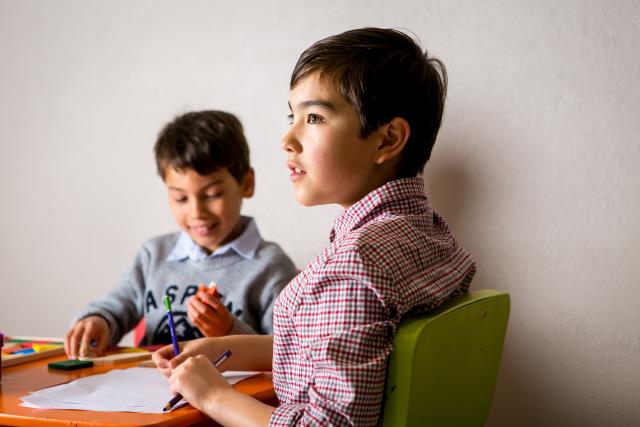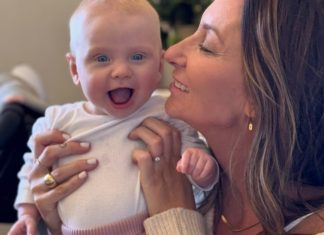You may have heard that the world is in the midst of a myopia epidemic.
Myopia is the elongation of the eye globe that causes what is commonly known as being “short-sighted” or “near-sighted”.
Like the name implies, myopic people can see better at “short or near” distances, and have trouble seeing things far away clearly.
The prevalence of myopia is much greater in younger children than ever before in known human history.
Myopia not only results in blurry vision, it also increases the risk of a number of related pathologies such as having a retinal detachment and myopic maculopathy.
These related pathologies can lead to permanent reduction in vision, not correctable by glasses, contact lenses or laser refractive surgery.
The big difference today is that Paediatric Optometry has the means to reduce the amount of myopia a child will end up with as an adult.
The literature generally states that a child’s myopia can be reduced in progression such that the child will end up with about half of the myopic error that they would have had without treatment.
We call these treatments “Myopia Management”.
Myopia Management is most effective when started early.
There are many different types of Myopia Management, but typically it will involve one or more of the following:
• Specialised Glasses
• Specialised Contact Lenses (soft contact lenses or Orthokeratology)
• Pharmaceutical eye medication (Atropine)
Which method is best will depend on a number of factors that can be determined by a suitably qualified Paediatric Optometrist.
The various points to weigh up when deciding on which course of treatment is best are many, however a broad list might include:
• The age & maturity of the child
• The shape of the cornea (the front lens on the eye)
• The preference of the parents
• The rapidity of the myopic change
Generally, if there is a strong family history of myopia, and the child becomes myopic at an early age, treatment can be more aggressive to try to curtail the abnormal growth of the eye. In these cases, combination therapies work quite well, as the mode of action of different treatments work via different actions and therefore can be additive in the overall reduction of growth effect.
Ideally children should be assessed around Grade 1, or earlier if there is a strong family history of myopia in siblings/parents.
The earlier the detection, the better the prognosis is liable to be.
Also, current technology allows us predictive metrics that can determine that your child may become myopic in the near future.
Forearmed is forearmed.
Don’t let your child become a statistic.
Ashburton Eyecare is located at 196 High Street, Ashburton.








